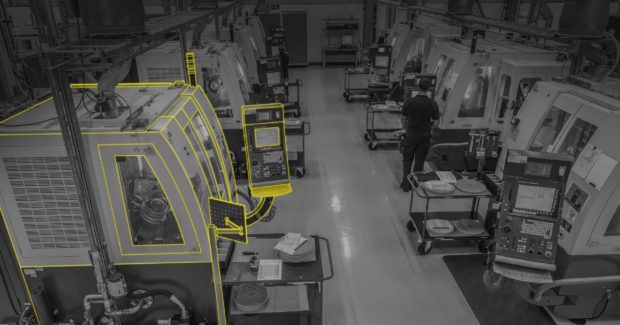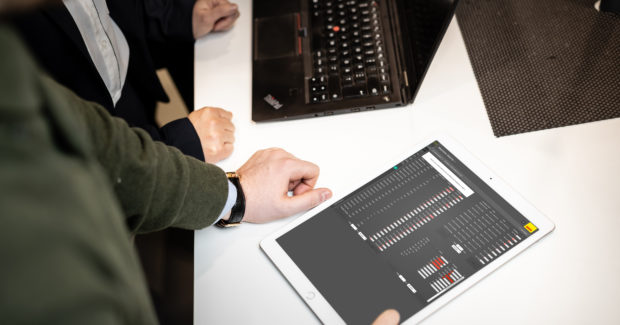Five Things You Need to Know about Smart Manufacturing
Leverage machine learning to make better decisions in real time.
Posted: July 7, 2021
DIGITAL BY DESIGN
BY BIJAL PATEL
Digitally connected machines provide data so shop owners can make decisions in real time, which also lends itself to the lean manufacturing principle of continuous flow. The implementation of this process takes time; however, as the industry turns its focus to machine utilization, it will be difficult to keep pace.
1. How do machine shops get started in digital machining with only a small investment?
Before you implement any IT strategy, I recommend conducting a pre-study to map out your operation to help you better understand where it makes sense to put your investments. The outcome of that study will determine when and where to connect machines. I also recommend that shops evaluate their IT framework and policies. This evaluation can be as simple as knowing the age of your machines and knowing if those machines have Ethernet ports, which is critical. But it is also important to understand the current network capabilities of your shop. Does your shop have Wi-Fi or any additional parallel networks for connecting devices? From there, you will start to develop a better picture of the type of investment you will need to make to get started in digital machining.
2. Are there risks if our shop doesn’t adopt this technology?
Plenty of us have achieved success in our shops without this technology. But in the future, there will be more of a focus on machine utilization versus machining efficiency, especially for mass production facilities. The right digital technology will allow job shops to plan their work better and optimize the flow of work across their machines. Adopting this technology doesn’t happen overnight, but over time, it will be more difficult to keep pace and be competitive without the advantages of data. Therefore, shops that adopt digital technology are on track to become more efficient as they find and eliminate waste in their operations.
3. When finding operational waste, how would a digitally connected shop maximize my machining utilization?
The data that digitally connected machines provide helps operators, managers, and shop owners make better decisions, in real time, to support the lean principles of continuous flow. As engineers go about their continual improvement activities around the actual cutting process, it’s natural that what happens in the machine will have its normal incremental improvements. However, the ecosystem around the machine will not be as easily optimized without the assistance of technology. Data that is collected includes data about what’s happening 24/7, even when engineers aren’t actively trying to improve something specific.
Once you are in the habit of data mining and running analytics, you can take actions based on the insights gleaned from that data. While it’s difficult to put a number on it, we have seen gains of operational efficiencies of up to 50%. You’ll gain improvements in size/output ratios and with flexibility and forecasting. Planning will be easier because you are using data to plan for materials, tools and people hours instead of making educated guesses.
4. How will digital machining impact the skills gap?
With an expected shortage of skilled workers in the future, we need to rethink the types of skillsets that will be needed for employees. Digital machining assists with translating traditional tribal knowledge that has been built up and learned over years of experience and package it and provided in a way that allows employees with machining insights to make better and faster decisions.
Another thing to consider is that the next generation of machinists are digital natives. Having grown up with internet access, mobile devices, and because they regularly consume social networking services, means that these digital interfaces are already familiar to them and will be more readily adopted.
5. What standardization or common languages will be in place in the future so all platforms can work together?
For CNC machines, MTConnect is a great example. MTConnect is an open, royalty-free, universal factory floor communication standard that is designed specifically for the shop floor environment. The protocol enables efficient transfer of data between devices (such as CNCs) and manufacturing shop floor software applications. To help with data flowing between various systems, many advanced platforms offer Application Programming Interfaces (APIs) that can be integrated to facilitate communication between software. Also, with cloud platforms, you don’t need closets full of servers or IT management systems. It’s now possible to leverage large amounts of storage and do computations in an economical way, all the while keeping things lightweight so it is easier for you to manage on your end.






